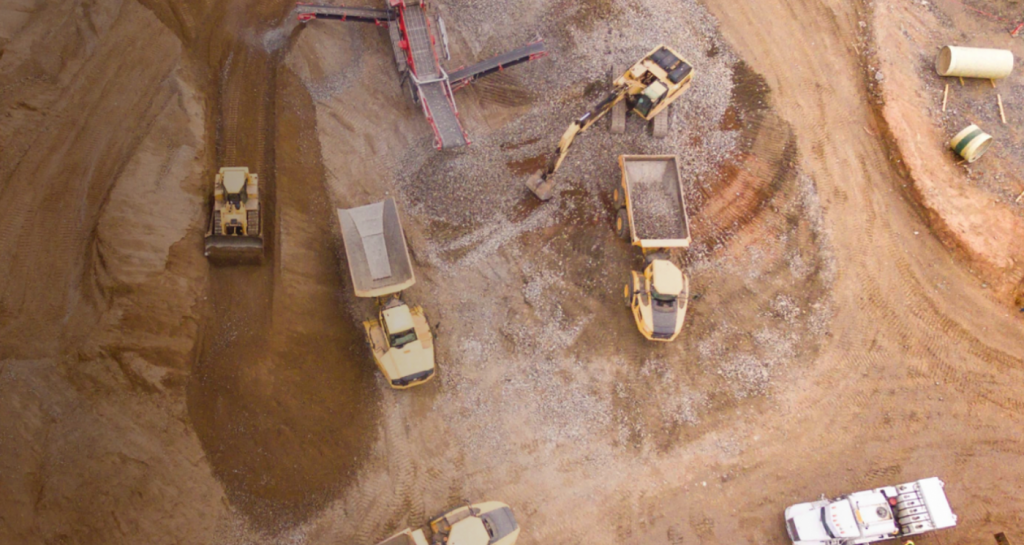1911 Gold drills 0.88 g/t gold over 20.7 metres at Apex, Manitoba

1911 Gold Corp. [AUMB-TSXV; AUMBF-OTCQX] reported assay results from exploration drilling at the 100%-owned Apex property located near Snow Lake, Manitoba.
Highlights include first-pass drilling at Apex intersected high-grade gold mineralization at two targets, including 9.7 g/t gold over 0.45 metres and 15.3 g/t gold over 0.65 metres, the latter within a broader zone grading 0.9 g/t gold over 20.7 metres.
The company completed 1,642 metres of drilling in six drill holes at Apex, to test high-grade shear-hosted quartz veins in two locations, as well as three large-scale IP (induced polarization) geophysical anomalies associated with gold occurrences or major geological contacts.
Fieldwork in 2022 will further advance the gold potential at Apex and will evaluate a large linear magnetic and topographic-low feature for lithium pegmatite, which is the focus of exploration on adjacent properties with known lithium resources, associated with similar features.
The company completed six drill holes, totaling 1,642 metres, in its maiden drilling program at Apex in Q1 2022. The program was designed to test high-grade quartz vein systems exposed on surface, as well as several strong, large-scale, geophysical anomalies revealed by an induced-polarization (IP) survey in 2021.
The Apex property, located 15 km southeast of Snow Lake, has strong potential for both narrow-vein and bulk tonnage gold, as well as lithium pegmatite deposits.
Four drill holes from the 2022 program were designed to test gold showings identified from historical work and the company’s recent mapping and prospecting programs, the latter yielding several high-grade assays, including 132.6 g/t gold, 69.1 g/t gold and 36.2 g/t gold from grab samples.
Three drill holes, totalling 604 metres, targeted the historical KK showing, located in strongly sheared and altered sedimentary rocks at the contact of a large granitic intrusion referred to as the Rex Lake pluton. Gold mineralization at KK is associated with intense biotite and sericite alteration with disseminated to fracture-controlled arsenopyrite and pyrite, and minor quartz veins. Highlights from historical shallow drilling at KK include 27.4 g/t gold over 2.1 metres, 24.7 g/t gold over 1.5 metres and 9.3 g/t gold over 1.6 metres, all within 50 metres of surface. The new drill holes tested the zone over a strike of 150 metres, targeting the down-dip extents of high-grade veins and intersections of faults that splay off the main structure.
All three drill holes at KK intersected moderate to strong, pervasive to fracture-controlled biotite and sericite alteration in the sedimentary rocks, associated with diffuse haloes containing up to 20% disseminated arsenopyrite and pyrite. Drill hole KK-22-003 yielded the most significant assay, returning 4.3 g/t gold over 1.2 metres, including 9.7 g/t gold over 0.45 metres. The western-most drill hole (KK-22-001) intersected a thick zone of intense biotite alteration and heavily disseminated arsenopyrite that yielded strongly anomalous gold (0.2 g/t gold over 5.6 metres), indicating the zone remains open to the west.
Drill hole RX-22-002 (449 metres) targeted a number of surface showings associated with quartz vein systems in the Rex Lake pluton. This drill hole also tested an underlying strong chargeability anomaly revealed by the IP geophysical survey, suggesting the presence of sulphide mineralization at depth. This significant zone of mineralization remains open in all directions.
Two additional drill holes, totalling 589 metres, targeted large-scale chargeability anomalies in areas of little to no bedrock exposure, but failed to yield significant assay results despite localized zones of mineralization and alteration similar to that observed at the KK zone and in drillhole RX-22-002. Several large-scale IP geophysical anomalies both within and external to the Rex Lake pluton remain to be tested.
The 2022 exploration program will include additional mapping, prospecting and surficial geochemistry to evaluate the gold potential of the Rex Lake pluton and its sedimentary host rocks, particularly in the vicinity of drillhole RX-22-002 to further evaluate the controls on mineralization and potential strike extensions.
Fieldwork in 2022 will also focus on evaluating a large-scale magnetic low feature in the southeast portion of the Apex property. Fieldwork in 2022 will include mapping, prospecting, and surficial or whole-rock geochemistry to evaluate this very large-scale magnetic low for its lithium pegmatite potential.
At the company’s annual and special meeting of shareholders held on June 28, 2022, shareholders approved a resolution confirming the implementation of a new restricted share unit plan. Under the terms of the plan, the company reserved 1,500,000 shares for issuance to officers, directors, employees and bona fide consultants, subject to certain vesting conditions.
